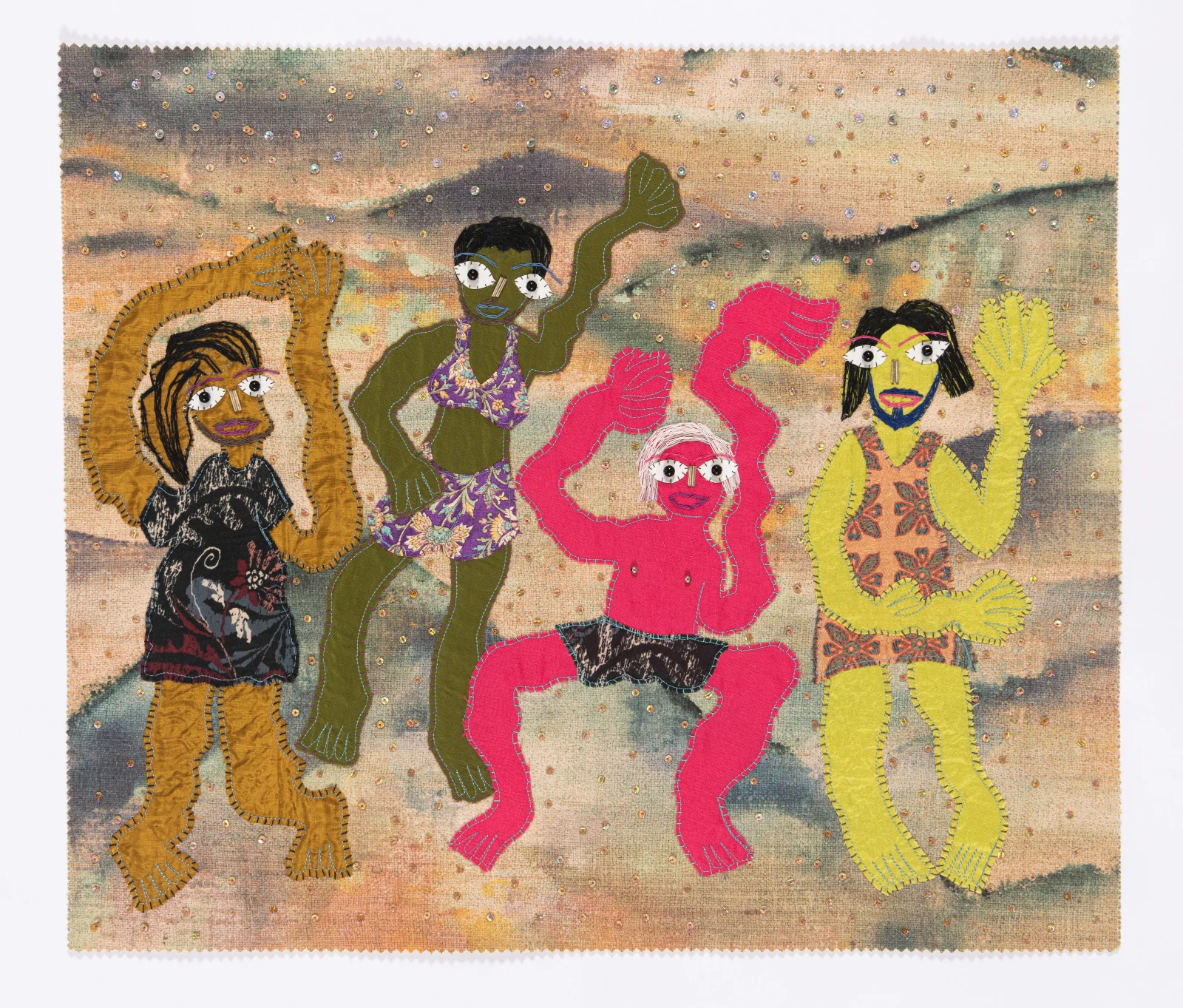Each year, the International Museum Day sets a theme to celebrate the preoccupation of museums all over the world. This year, the International Council of Museums celebrates the 2020 anniversary with the theme of “Museums for Equality : Diversity and Inclusion.”
As museums around the world reflect on the cultural traditions, history and heritage that they preserve and present to us, they serve their duty as institutions of education with an answer of equality.
To celebrate this International Museum Day, we’re bringing you museums from around the world in all their glory and beauty as we explore the designs that brought to life the art that they house.
We believe the experience behind the art is almost as important as the artwork itself. Each museum experience is shaped by the architecture and landscape surrounding it, and standing in the midst of a forested hill or a surreal grain silo can make any artwork more enjoyable. Here are some museums whose designs are as inspiring as the collections within them.
Centre Pompidou, Paris Designed by Richard Rogers and Renzo Piano in 1977, the Pompidou is one of the most iconic buildings of the 20th century. Epitomizing the architectural utopias of the 1960s, the Pompidou was revolutionary in the way each floor was made free of load bearing structure so that the whole area of each floor is made available for the display of works entirely uninterrupted. The museum was designed as an ‘evolving spatial diagram’ and exposes all of the different mechanical and structural systems, colour-coded in primary colours. The Centre Pomidou houses the Musée National d’Art Moderne, Europe’s largest museum of modern art, as well as the Bibliothèque publique d’information, a public library, and IRCAM, a center for music and acoustic research. The front plaza of the Pompidou also features Horizontal, a 7.6 metre tall mobile sculpture by Calder.
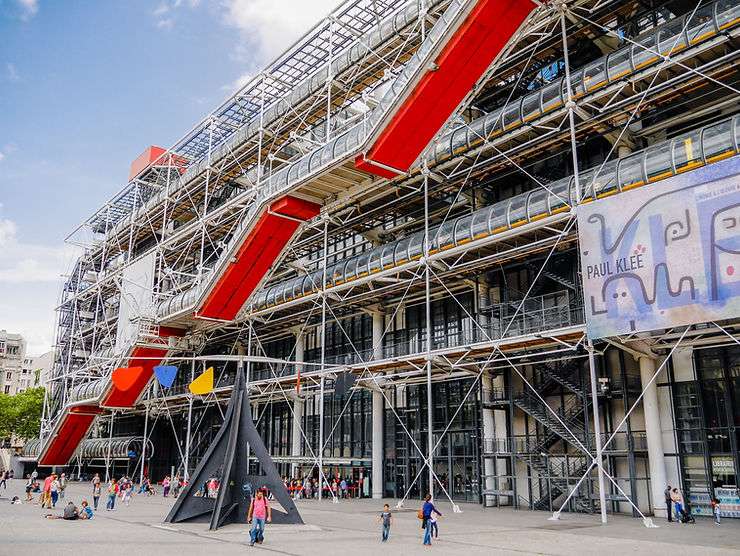
Miho, Kyoto Nestled amidst the mountains of Shigaraki, the Miho museum is designed by I M Pei, best known for his design of the glass pyramid at the Louvre in Paris. Inspired by the concept of Shangri-La, the museum was designed as a journey of exploration and discovery through a series of unique experiences. Each moment along the journey anticipates the art, through tunnels and over bridges, until the visitor is confronted by the art. Over two thirds of the museum is underground so as to maintain and preserve as much of the surrounding natural beauty, and using it in a way to complement the architecture and experience. Known for his use of natural light, I. M. Pei employs glass roofs and beige limestone to accommodate for maximum natural light for viewing the art.
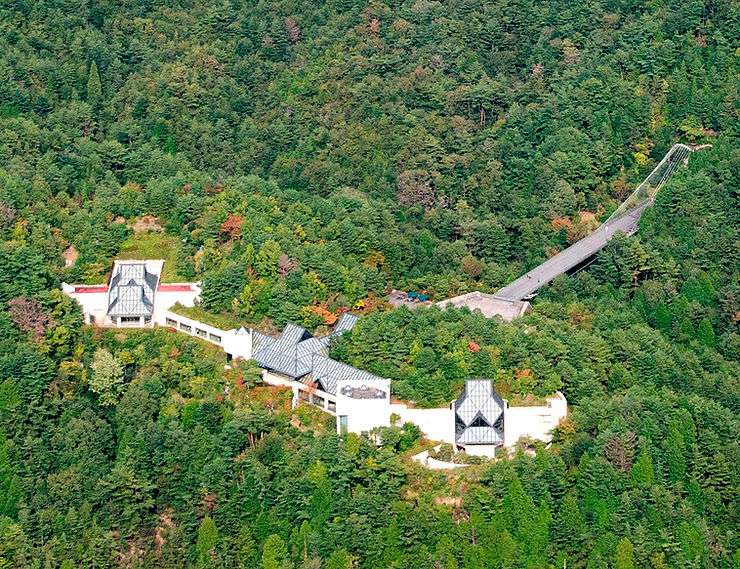
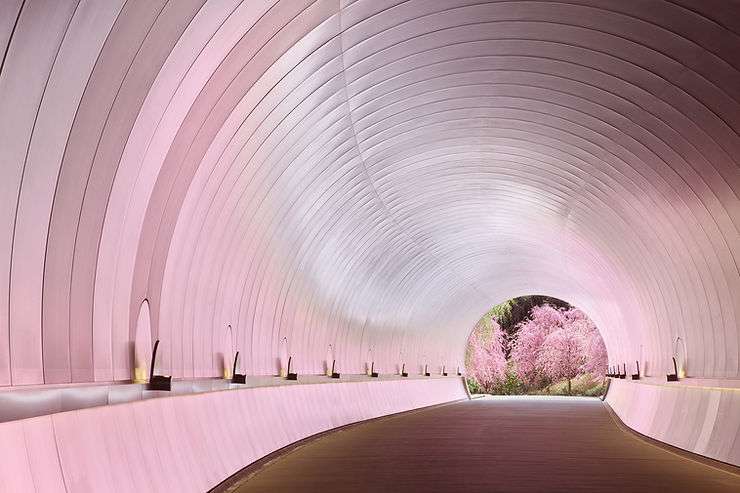
Guggenheim Museum Bilbao One of the most iconic works of contemporary architecture, the Guggenheim Museum Bilbao designed by Frank Gehry, is the perfect balance of an architecture that is contextual, sculptural, and expressionistic. Located on the edge of the Nervión River in an industrial port setting, the museum became part of a larger project for the redevelopment and renewal of Bilbao. The museum was so instrumental in the transformation of Bilbao that the phenomenon of a city’s transformation following the construction of a work of architecture is now known as the “Bilbao Effect”. The form of the museum recalls the city’s industrial past, and the curves are designed to reflect and catch sunlight depending on the weather and sun. The architecture utilized cutting edge technology available at the time that was used to develop the complexities of form and material. The museum features an extensive collection of contemporary and modern art, including a number of site specific works including a 100-metre long sculpture by Richard Serra.
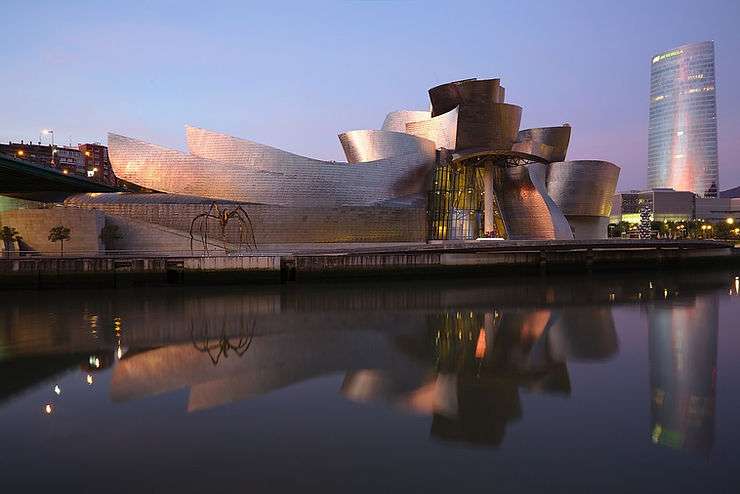
Zeitz Museum of Contemporary Art Africa, Cape Town The largest museum of contemporary African art, the Zeitz Museum is located in a historical grain silo along the Cape Town waterfront, which was once the city’s tallest building. Designed by Thomas Heatherwick, each gallery is carefully carved out of the buildings tubular network in an excavation like process, almost looking like a futuristic half-Dali half-Gaudi cathedral, and has been described by Heatherwick as being “like a vaulted cathedral”. The museum is centered around a huge atrium constructed in the shape of a single grain that was scaled to span the entire height of the 27-metre structure. Through the process of deconstruction and restoration, and the hollowing out of the tubes, the museum features 80 galleries.
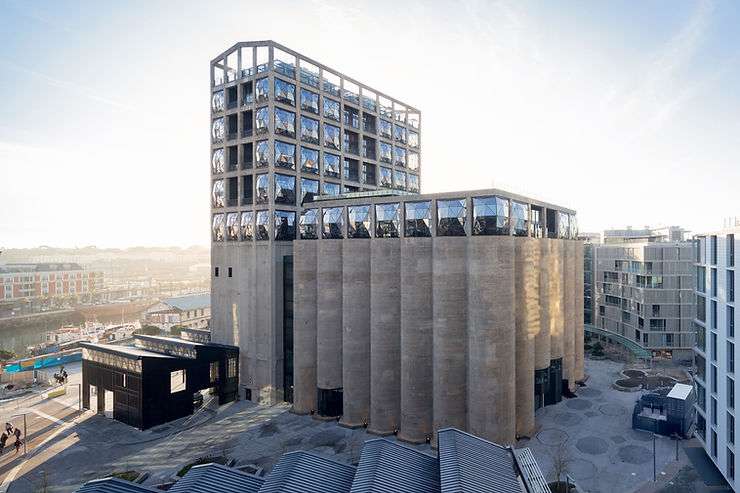
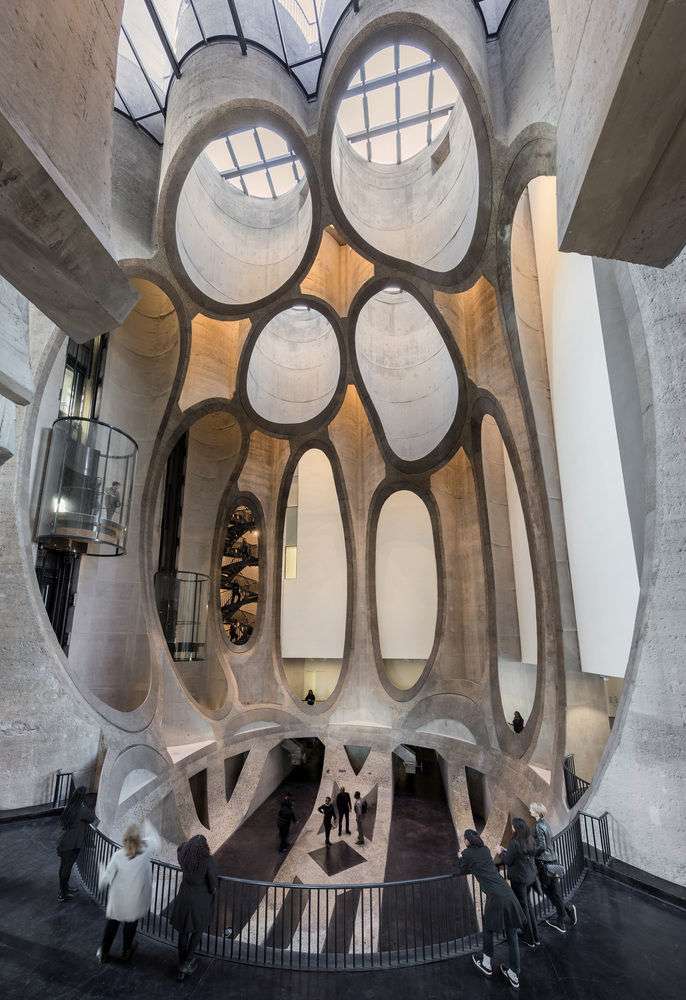
The Broad, Los Angeles Designed by Diller Scofidio + Renfro in collaboration with Gensler, the Broad is based on the concept of ‘veil and vault’, where the design balances the public exhibition space with the private collection storage. The facades become the veil- a honeycomb like structure that envelopes the building providing filtered light; the storage becomes the vault, and is central to the circulation and experience, located in the middle of the building. The museum aims to provide environmentally friendly solutions, and provides electric car charging stations, bike parking, rooftop drains to filter runoff, and high-efficiency plumbing fixtures that reduce water usage. The landscape of the museum designed by Hood Design includes a plaza that features an offset grid of 100 year old Barouni olive trees transplanted from a defunct orchard in the Shasta cascade region, and a sidewalk with grassy mounds.

Begin your own celebrations on our Quarantine Art Guide with virtual tours of museums from around the world. While many museums forbade pictures and videos, taking back a piece of your experience needn’t ever go away when they’re available with the click of a button. Presenting you with museum collections, guided digital tours and more, we’re bringing you the best of the arts, as you #StayHomeWithAF.



